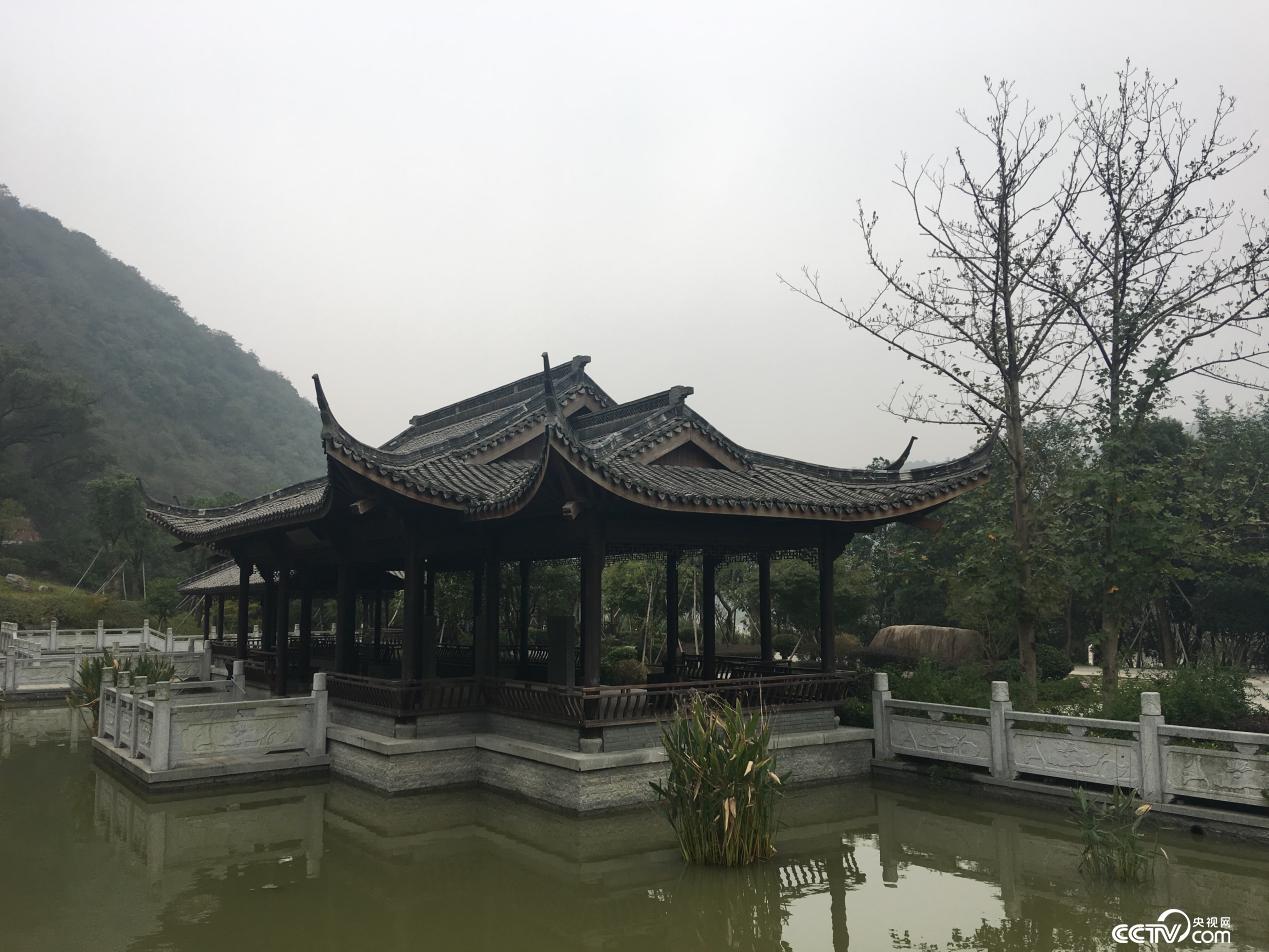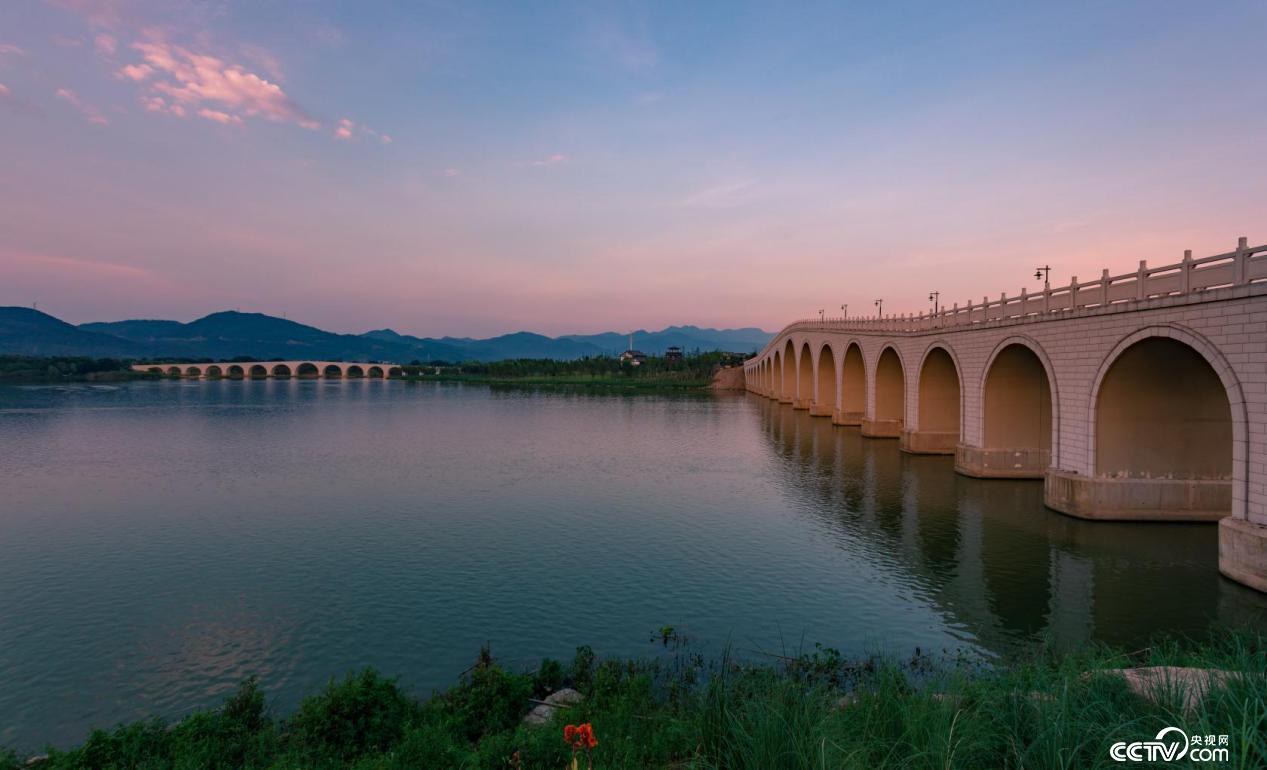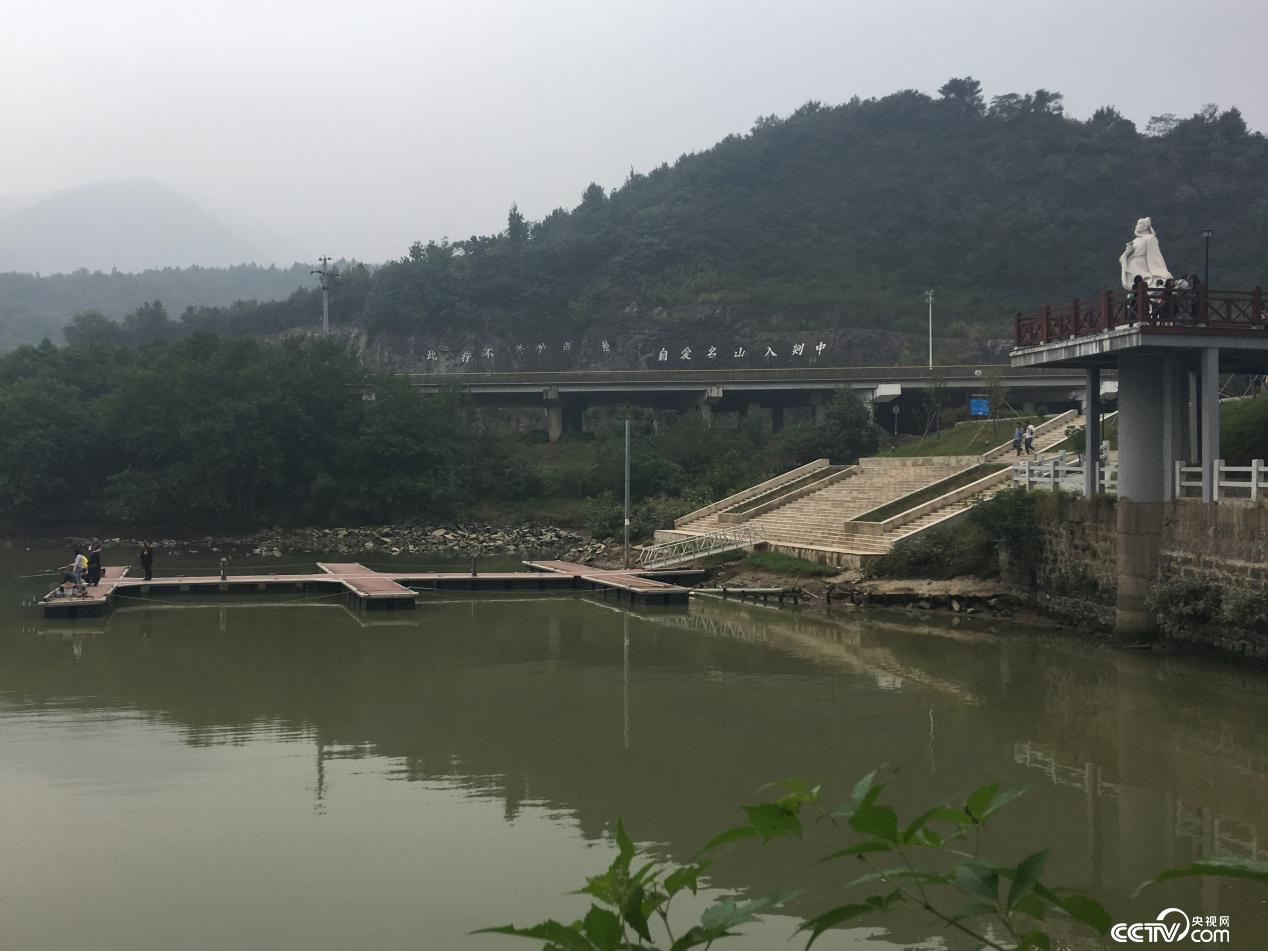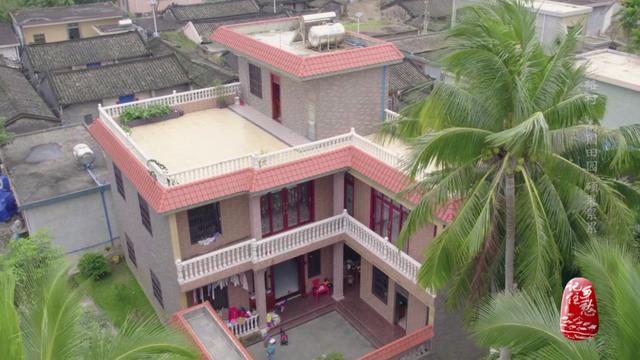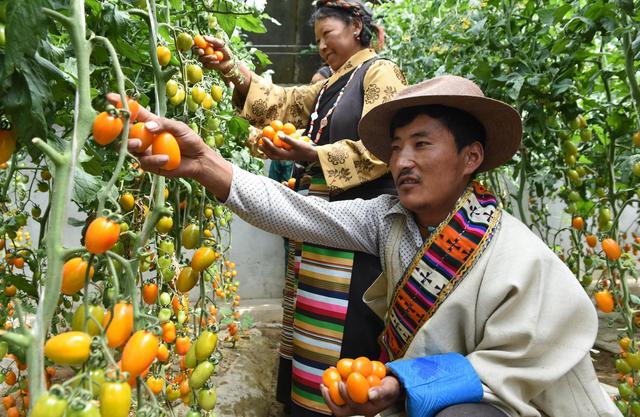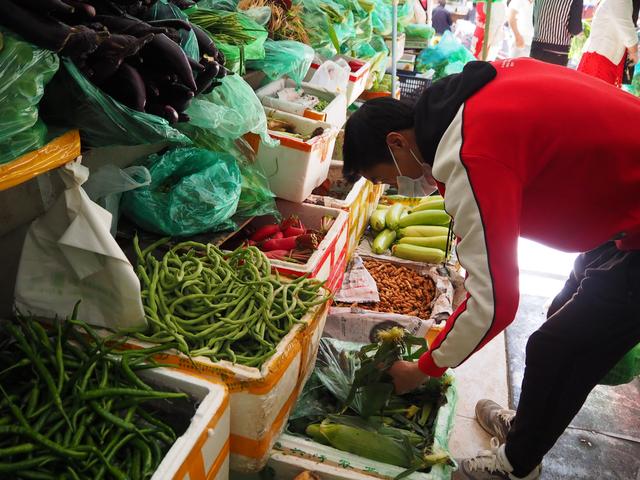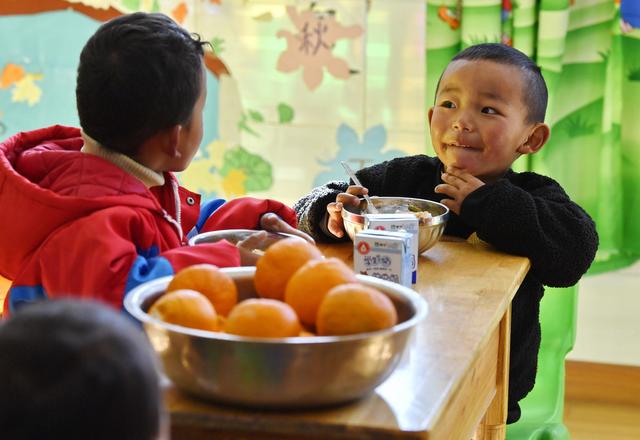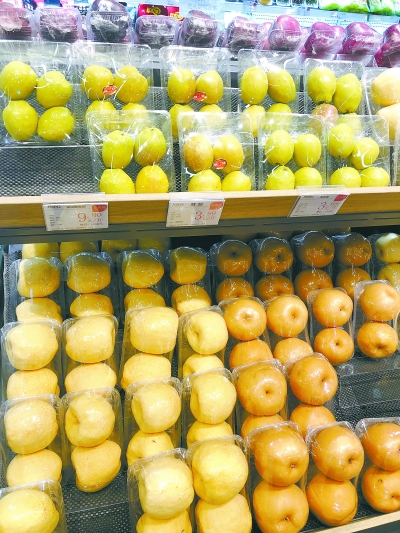Although 2020 is just over half past, the most "horrible" activity of the year has been born — — Climb the mountain. No matter whether you have seen the hit drama "The Hidden Corner", you are probably familiar with this stalk. "Climb the mountain together?" It also jumped from a line to a new online hot word.
Climb the mountain together? Especially in summer. Whether on foot or by bike, how good it would be if you could get into the mountains on a sunny day, breathe the fresh air in the forest, and make a SPA for your lungs to relax your mood and make your body sweat?
But don’t forget, you must pay attention to safety during climbing.
"Climb the mountain" in various ways
Where is the most convenient and fun place to climb mountains in Chengdu? The answer must be Longquan Mountain! I have lived in Longquanyi at the foot of Longquan Mountain since I was a child, and naturally I am keen on "climbing the mountain" in various ways.
Hiking is the most primitive way to explore Longquan Mountain. The first time I have a definite memory of climbing a mountain was when the whole class went to Baoshi Lake for a picnic in primary school. At that time, I felt that this was an "expedition" to the mountains. I went on the road with a nervous mood and finally ate and drank in a forest by the lake. Everyone had a great time and gained an unforgettable memory of primary school.
As I grow older, I go to Longquan Mountain more and more times, and my feeling of climbing the mountain has already changed from initial nervousness to enjoyment, because every exploration has surprises and fun. Later, a fitness trail was built on the mountain. With a very mature climbing route and the convenience of the subway, more and more people can hike Longquan Mountain.
In the past two years, I have discovered a new "Great Crossing Hiking Route", from Longquanyi on one side of Longquan Mountain to Shijing Temple on the other side through the mountain path. Until now, I will take it several times a year with great pleasure. On foot, there are countless routes that can be explored, and you can go to almost any hidden corner of Longquan Mountain.
Compared with hiking, cycling is a faster and more convenient way, because relying on cycling can reach far destinations that are difficult to reach by walking alone. Great changes have taken place on the mountain in recent two years because of the construction of Longquan Mountain Forest Park. In short, Longquan Mountain has become more fashionable. Sometimes, I will invite friends to ride bicycles specially, spend a day punching cards in various online celebrity shops in the mountains, or take a photo at the newly-built observation deck at the top of the mountain and send a circle of friends to catch up with the trend. Although cycling uphill is a little hard, it is really a rare enjoyment every time I slide down the hill.
There is a more interesting way — — Running. In the Longquan Mountain Cross-country Race held in May this year, a parent-child group was set up especially for children under 7 years old. I did not hesitate to sign up for my baby and invited another family to have a general mobilization!
Although it is nominally a "running" race, it counts if you stop and go, as long as you can complete the prescribed route within the closing time. For the baby, this game is more like a game, and the parent-child group itself does not have a ranking award. Completion is victory. For parents who accompany running, it can be regarded as a weekend to relax and enjoy a family mountain climbing trip in the name of running competition.
The match day is coming soon, and the weather is sunny and sunny. Our two families set off together at the starting point, and the two babies couldn’t wait to run on the track. Soon, I began to turn to the dirt road up the mountain. The breath of nature seems to have a natural attraction to the children. On the rugged mountain road, a flower, a stone and a butterfly will make them excited. When parents go to the mountains, the green plants and fresh air are easy to relax. Walking up the mountain road, the whole family played freely on the mountain path together. From the smiles of the adults and the laughter of the baby, we can see how much everyone enjoyed it!
There will also be some minor difficulties in the track, such as a slightly steep soil slope when going downhill, and the children will use their hands and feet to find a way to descend to the bottom of the slope; Or after a long path full of weeds, the children naturally became cautious and passed slowly before the adults hurriedly reminded them to be careful. Many parents’ first reaction to cross-country running is, how can children finish it? Judging from the experience of taking the baby to participate in this time, as long as the children are given a suitable opportunity, most parents will be proud of their baby’s performance.
After more than three hours, we completed the 8km track and reached the finish line. In addition to successfully completing a cross-country race in Longquan Mountain, the two children have completely become one through getting along all the way, and each has gained a good friend, which is great! (A Le)
Go climbing by bike
The road for cycling should have ups and downs, and it is best to have mountains, water and vegetation. By this standard, Pujiang is a good place.
If it’s just a two or three-hour leisure ride, go west from the county seat along Puming Road: the easiest thing is to ride all the way to Chaoyang Lake and then return by the original road. This road is covered with trees and there are not many cars. There is a refreshing downhill slope across Chaoyang Lake archway, with a green river on the left and a cliff statue in the Tang Dynasty on the right, where Feixian Pavilion is. Not far from here, you will reach the Chaoyang Lake. You can call back or turn halfway to Bai Yunxiang to experience the tranquility and cleanliness of beautiful countryside.
When you get to Chaoyanghu Town, pay attention to the signpost and turn left. The curved road will take you all the way to Bai Yunxiang. At the end of the town, there is an egret pavilion on the right. If the time is right, you can not only overlook the lake, but also see a large number of egrets. If you want to continue walking in town, you can ride from the path beside the temple to the other side of the lake, where there is a pavilion. Stop your car and walk not far until you reach the wind stone on the lake. The road to Bai Yunxiang has a good surface, but it fluctuates greatly. You can also ride around the lake. There are 20-kilometer and 40-kilometer routes with different distances and slopes. It is best to have local riders to lead the way. I don’t need to say anything.
Riding a bike without ups and downs is like being in love without an orgasm. The essence of riding is to accumulate painful uphill all the way and then squander the cool downhill. The word "pleasure" is actually invented to describe the feeling of sloping. The mountaineering riding in Pujiang can be divided into three levels: the rookie level can turn over and turn to the mountain, that is, after crossing the Chaoyang Lake archway, go in the direction of Chengjia, cross the mountain to Chengjia Tea Township, and travel to and from the county seat for about 40 kilometers; The other route is on the edge of the county seat, basically in the Daxi Valley Scenic Area, from the cardboard factory around the city road up the mountain and down from Guangming Township Government. The whole journey is less than 20 kilometers, but the rising height is quite high.
The challenge level is Guanmao Mountain, where a "318" cycling route has been specially built — — About 3000 meters of road, the whole journey rises more than 300 meters, the steepest place looks up at the front road wall, so you must lean over and press the front of the car to prevent the front wheel from leaving the ground.
This is not the most terrible. The route of masochistic class is Taiqing Taoist Temple, whose road is as steep as Guanmao Mountain, but the climbing length is much longer. If you beat Taiqing Taoist Temple, congratulations, you can start from Pujiang and take a walk along National Highway 318 to Sichuan-Tibet Line.
Riding there is not only burning calories, you can cross the water-turning bridge in Wulong Valley, enjoy the farmhouse music on the top of Guanmao Mountain, enjoy the large tea ridges trimmed like French gardens, and catch up with the right season. You can also buy freshly picked tea leaves from farmers in the field and take them home to scramble eggs. (scattered flower building)
This mountain has beautiful scenery.
Which mountain can bear the name of "the famous autumn mountain in Chengdu"? If I have to choose, my choice is Puhong Road. For people who love cycling, the word "autumn mountain" means more thrilling and steep bends than just a few Japanese bars or tofu shops.
This is a mountain road from Puyang Town, Dujiangyan to Hongkou, which was built with Shanghai’s assistance after 2008. Riding Puhong Road is an upgrade challenge for Chengdu cyclists after riding Longquan Mountain. It is steeper and has more mountain bends. The great god who rides a bike is always competing for how many minutes his record is, waiting for the friends to worship him.
If a "vegetable leg" like me can do it at one go, it is perfect to stop halfway. Once in autumn and winter, I rode Puhong Road with a student from Southwest Jiaotong University. I happened to see my teammates in the post bar the night before. The destination was the same and the time was the same. So I made an appointment to meet at 7: 00 in the morning. After a bowl of hot and sour powder in Xipu, we set off together.
Riding any road, starting from the starting point is the most perfect arrangement. Referring to the guide, with the help of navigation, after a fork in the road, we finally reached the starting point of Puhong Road at the foot of the mountain. The starting point milestone is like the starting line. After the mood is brewed, the challenge really begins. There are only one or two concentrated residential areas at the foot of the mountain. Soon after departure, it is the first viewing platform, overlooking the distant towns. After that, everyone will face a lonely journey on Puhong Road, which can only be completed by biting their teeth alone. Except for cyclists, private cars and one or two old women selling melons and fruits, there are few traces of smoke on Puhong Road.
The sound of mountain bike chain sliding clearly rings in the ear, and the gear is adjusted to adapt to the sudden steep mountain road. After turning a corner, it will be another corner. Looking down, the curves of mountain roads are layered like distant mountains and jungles. The greater the challenge, the more attractive the scenery of Puhong Road is. There are too many green trees all over the mountain, from bamboo forest to ginkgo forest, and trees with unknown names. The higher you go, the richer the level of the scenery becomes. Because a sudden mountain fog drifted away, it deepened the psychedelic and surprise of Puhong Road. It’s like crossing the forest in northern Europe, and it’s like walking into the coldness and coolness of the first minute of John Lennon’s Imagine》MV.
The forest in Hongkou is hazy because of fog, and time seems to flow more slowly because of the fatigue of riding. I don’t know how many kilometers to get to the destination, Kazyakou. Behind him, yellow fog lights flashed and the car passed slowly. My teammates are slightly better than me and have disappeared in front. When the strange cycling team overtook me, they shouted to me loudly: "Come on, young man, don’t stop, we will be at the pass soon!" " But I don’t know who said "there are still three kilometers". This short three kilometers uphill is enough to make people afraid.
After some struggle and turtle walking, I finally rode to Kaziyakou. Kazyakou is 1450 meters above sea level, and the journey of riding Puhong Road usually ends here. From the starting point of Puhong Road to Kazyakou, 14 kilometers, we rode for about 1 hour and 40 minutes.
Standing on the viewing platform of the pass, the fog is still thick, and you can’t see the distant mountains. I sent a circle of friends, quoting Li Jian’s lyrics, "The fog is like a big lie". The canteen on the pass has shelter from the wind and rain, but usually people who ride Puhong Road only stop for a short time to take pictures and then go down the mountain along the original road.
20 minutes down the mountain, all of a sudden, the dense fog dispersed, and the sun spread all over the mountains, deep valleys and slopes of Puhong Road. This alone is enough to make people look forward to the unforgettable landscape when they challenge Puhong Road next time. Thank you for the construction of Puhong Road, so that more Chengdu people can see the beautiful scenery of the hills here. (Islands)
Going the wrong way is more interesting.
Self-driving is too fast, walking is too slow, and many scenery can only be fully experienced by cycling. And cycling is a very good exercise method, which is very helpful to improve the cardiopulmonary function (the disadvantage is that beginners ride for too long and their buttocks hurt). I first entered the cycling pit because I wanted to go out to play on National Day, but there were traffic jams everywhere. Later, I suddenly found that my bike would not be blocked, and then I started.
In recent years, I have also found many good places to ride around Chengdu.
Longquan Mountain, the nearest mountain around Chengdu, has a lot of people riding, and it is not difficult. It is the recent large-scale road construction, and the car dealership is slow. The only thing that can be seen is Fujiwara Tofu Shop. Qingcheng Mountain, maybe I took the wrong route. I went to the "Qingcheng Mountain on the Road" hotel at that time. After entering the mountain, the slope was so large that I couldn’t pedal at all. It was completely unsuitable for cycling. I pushed the car for an hour in the last four kilometers and was drenched into a dog by heavy rain. I laughed in the rain. Puhong Road, which is said to be the holy land of bending party, has good scenery and few cars. Personally, it is considered as the best route for climbing around Chengdu. Baiyan Temple, the place to see Ginkgo biloba leaves, has many tourists every November. The section from the village to the temple is super steep, so I can’t ride it anyway, so I pushed it up. There was also a bicycle climbing race here, which was played by the great god. Baita lake, passing by on the way to Baiyan Temple, has a small slope to climb the mountain. After climbing it, you can ride along the lake. There is a white pagoda with lush vegetation. It is a good place that few people know … …
But what impressed me the most was the Xiling Snow Mountain. It was a very hot summer. I used two days on weekends to go camping alone with my bike carrying my tent and sleeping bag. Because I was worried that the management of the scenic spot was strictly forbidden to set up tents, when I was approaching Xiling Snow Mountain, I just found a branch road and rode in, and started climbing along the stream.
There is a big puddle in the middle of the stream, which is clean and cool. There are many children swimming in the stream. Into the mountains, the weather has become very cool, and then up, there have been several farmhouses, and there have been many tourists, I think, it should be mistaken into an individual scenic spot.
Thunderstorm and rainstorm during camping that night scared me to sleep, and I was afraid that the tent would be washed away by water. I can still see fireflies flashing outside in the tent, and then I drew them when I went back. Early the next morning, while I was still sleeping, a group of old tourists came to lift my tent to see what was inside (I set it up in a cornfield).
At that time, I thought, sometimes going the wrong way is actually more interesting, but I still suggest that everyone go out to play and follow the plan, and don’t have any accidents.
I made a reservation in a circle of friends at that time. The place was called "Guanzi Mountain", and later I checked it. This scenic spot is called "Longwozi", and there are still many strategies on the Internet. Relatively unpopular, few people, there is a hiking route, you can play with water in summer, remember to bring a swimsuit and mosquito repellent.
(Xiao Qian)
TIPS
Summer is a good time for outdoor exercise. During climbing or riding, you must remember — — Safety first!
1. Put on the right sports shoes
It’s hot in summer, and everyone likes air-permeable sandals. Many people may not realize that they need to change a pair of sports shoes when they are facing a hill that is not too difficult and crawling for fun. A good pair of sports shoes has both cushioning effect and anti-slip and wear-resistant performance, which is very necessary.
2, do what you can to prepare drinking water.
In the process of climbing the mountain, we should pay special attention to what we can do, step by step, and don’t be bravado. It is worth noting that it is easier to go up the mountain than down it. When going down the mountain, you should pay attention to the protection of your knees and don’t rush down with the trend. Take a proper rest during exercise and pay attention to the supplement of water.
3. Pay attention to sun protection and mosquito prevention.
Even if it is cloudy, there are ultraviolet rays, so we should do a good job of sun protection in any form of outdoor sports. It is an essential step to apply sunscreen, and it is also best to wear sun hats, sun sleeves or sun-proof skin clothes. Mosquitoes are ruthless, and outdoor sports should be well protected against mosquitoes.
4. Know the weather and other conditions in advance
Summer is the season with high incidence of natural disasters, so you must know something about the weather before going out. Whether climbing mountains or riding, you must avoid thunderstorms. In addition, try to go hand in hand and take care of each other — — In short, go out happily and go home safely!






